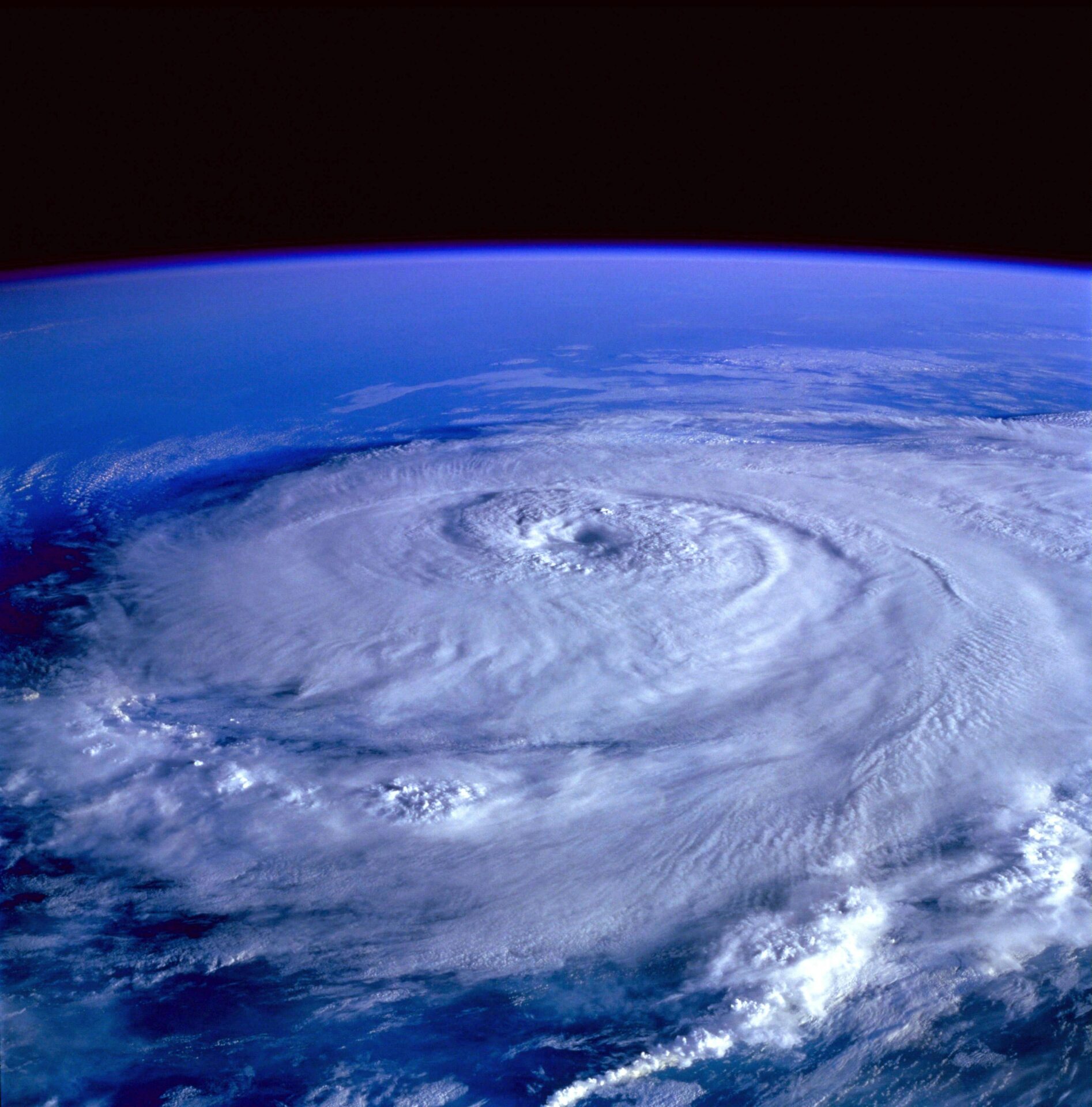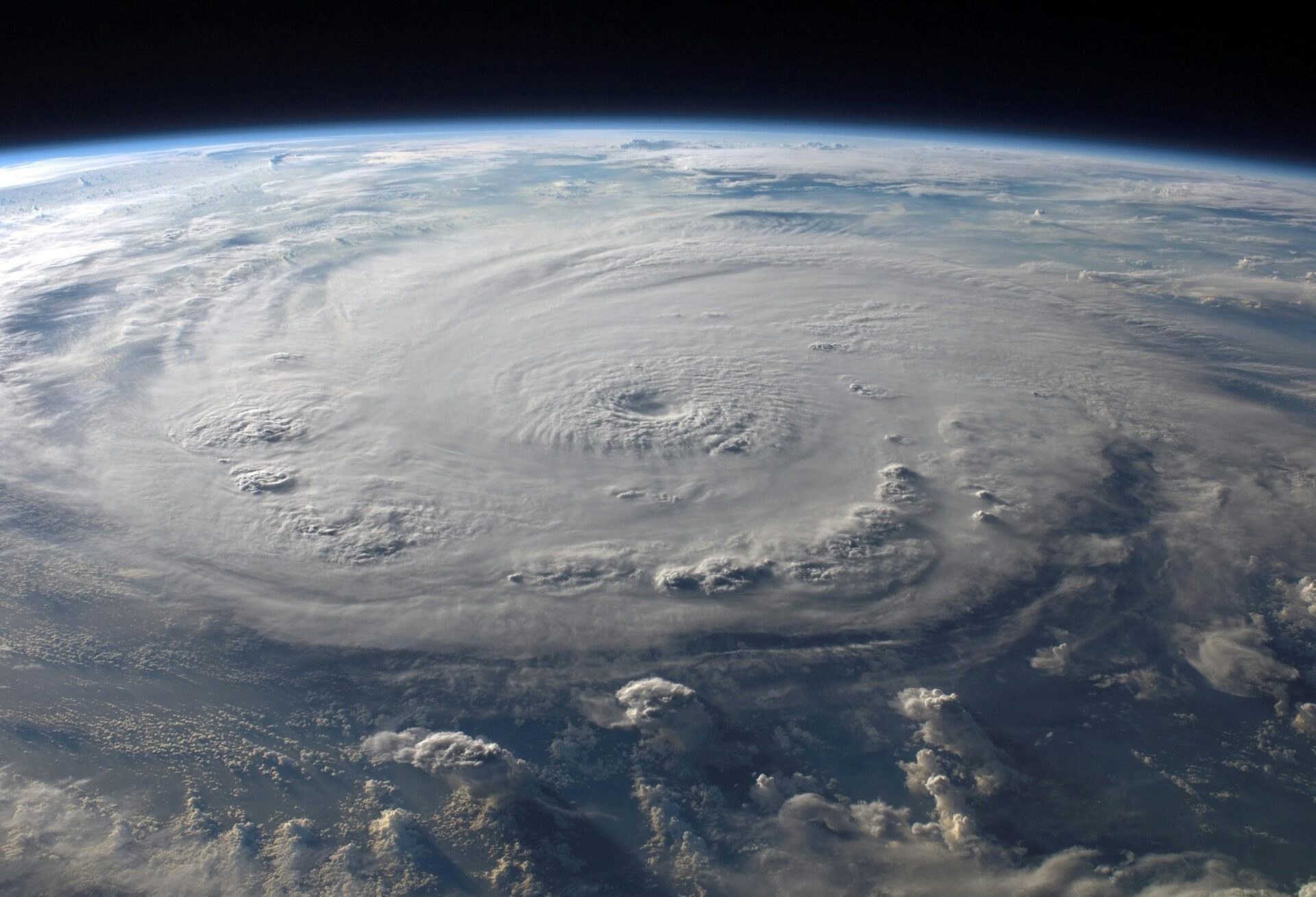Hurricane Helene is one of the major storms to develop during the 2024 Atlantic hurricane season, drawing attention for its strength and potential impact. As the storm approaches the eastern Atlantic, meteorologists are closely monitoring its trajectory, intensity, and potential effects on coastal areas. In this article, we’ll break down everything you need to know about Hurricane Helene, its development, projected path, and how communities can prepare.
Formation and Development of Hurricane Helene
Hurricane Helene started as a tropical wave off the coast of West Africa, which is a common origin point for many powerful Atlantic hurricanes. As it moved westward across the warm waters of the Atlantic, it quickly gathered strength and became a named tropical storm. Within days, Helene intensified into a Category 2 hurricane, with sustained winds reaching over 100 mph.
The National Hurricane Center (NHC) has been issuing regular updates, noting that Helene could strengthen further as it continues its journey across the open waters of the Atlantic. While it currently poses the most significant threat to the eastern Atlantic islands, there is potential for the storm to shift, which could affect areas in Western Europe or the Caribbean.
Projected Path of Hurricane Helene
As of now, Hurricane Helene is moving in a northwesterly direction, gradually veering away from the Caribbean. However, meteorologists are warning that there is still uncertainty in its path. Some projections suggest that Helene could bring heavy rains and strong winds to parts of the Azores or Madeira in the coming days.
Residents in these areas, as well as those along the eastern Atlantic, should remain vigilant as the storm progresses. Even if Helene does not make direct landfall, the outer bands could cause dangerous conditions, including strong winds, storm surges, and flooding.
Potential Impact: Wind, Rain, and Flooding
Hurricane Helene is expected to produce intense winds and heavy rainfall, especially if it continues to strengthen. Some of the key risks associated with this hurricane include:
- High winds: Sustained winds exceeding 100 mph could cause damage to buildings, down power lines, and uproot trees.
- Heavy rainfall: The storm may bring torrential rain to affected areas, leading to flash flooding, particularly in low-lying regions.
- Storm surge: As Helene approaches the coast, it may cause a rise in sea levels, leading to dangerous coastal flooding in areas near the shore.
Local authorities in potential impact zones are advising residents to prepare for possible evacuation orders, especially in areas prone to flooding or power outages.
Hurricane Preparedness: What You Should Do
If you are in a region that could be affected by Hurricane Helene, it’s important to take precautions now. Here are some key steps to follow:
- Prepare an emergency kit: Make sure you have essentials like water, non-perishable food, flashlights, batteries, a first aid kit, medications, and important documents.
- Follow evacuation orders: If local authorities issue evacuation notices, don’t delay. Plan ahead and know the safest routes to take.
- Secure your home: Board up windows, secure outdoor furniture, and trim any trees or branches that could fall on your property.
- Stay informed: Keep track of the latest weather updates from reliable sources like the NHC, and stay in touch with local news for any changes in the hurricane’s path or intensity.
- Charge devices: Make sure your phone and other devices are fully charged in case of power outages.
Climate Change and the Growing Intensity of Hurricanes
Hurricane Helene is yet another example of the increasing strength and frequency of hurricanes in recent years, a trend many experts attribute to climate change. Warmer ocean temperatures provide more energy for these storms, enabling them to grow larger and more intense in a shorter period of time.
As global temperatures rise, the likelihood of Category 4 and 5 hurricanes also increases, leading to greater risks for coastal communities worldwide. In regions where hurricanes like Helene are common, it’s becoming more important than ever to build resilience through better preparedness, infrastructure improvements, and proactive climate policies.
Hurricane Helene is a powerful storm that serves as a reminder of the importance of hurricane preparedness. While its exact path is still uncertain, communities in its potential range should take precautions to protect themselves and their property. As hurricane season continues, it’s critical to stay informed and ready for any changes in the storm’s behavior.
By following safety guidelines and staying updated on Hurricane Helene, residents can minimize risks and ensure they are prepared for whatever this storm may bring.


